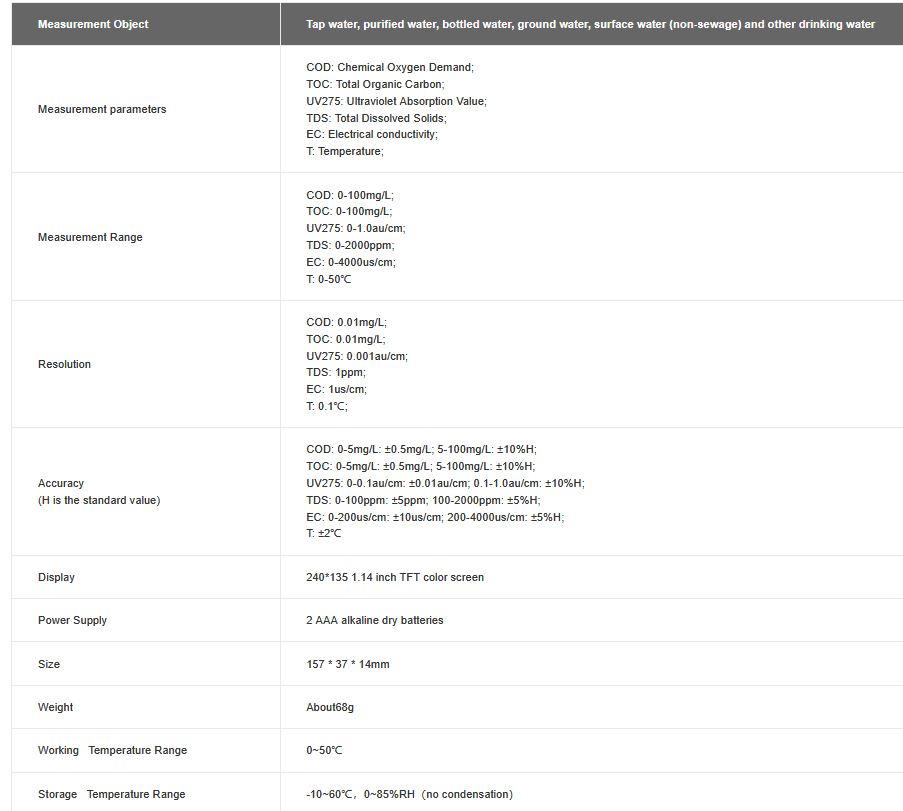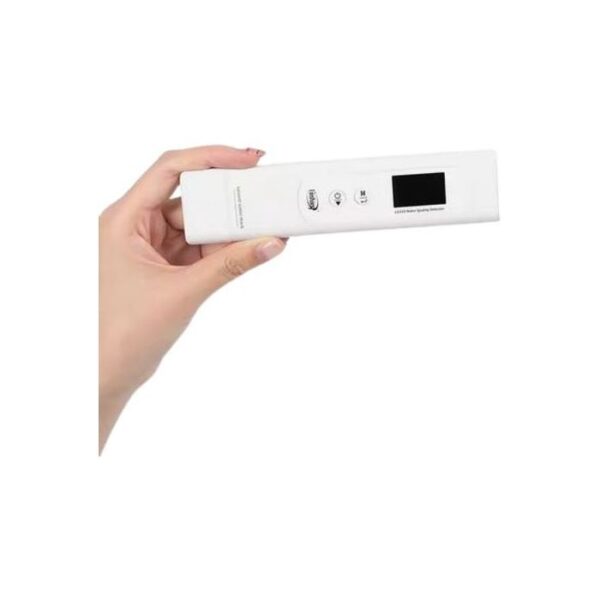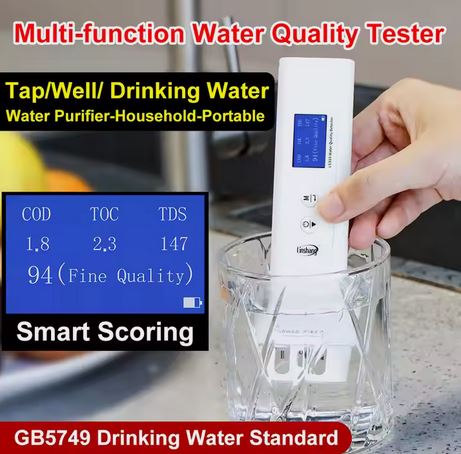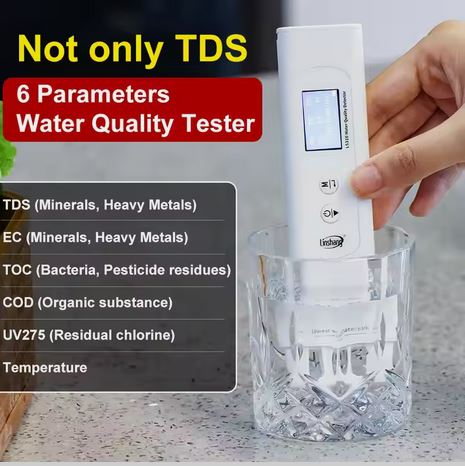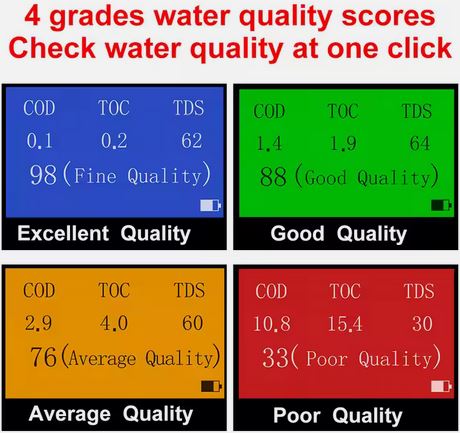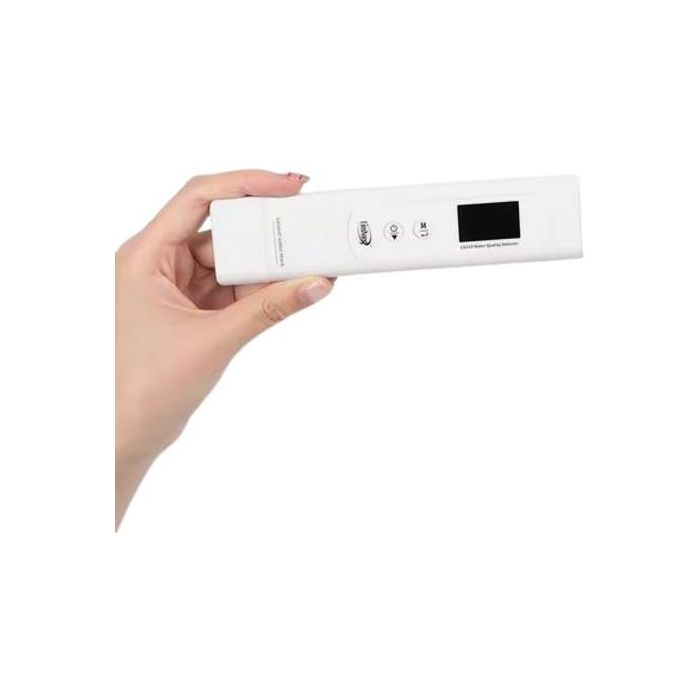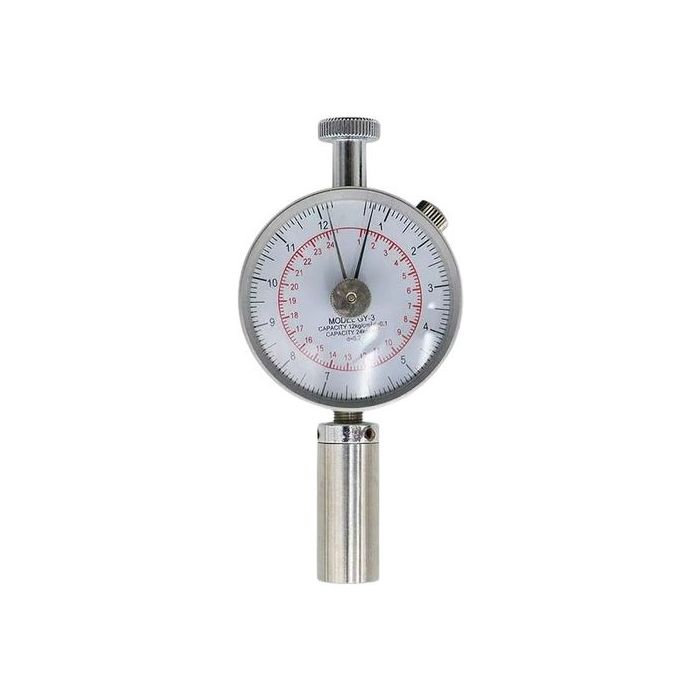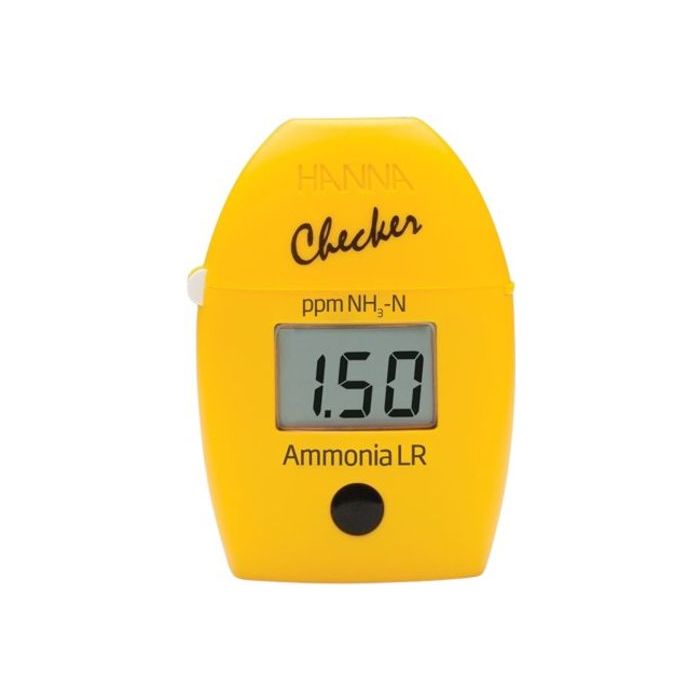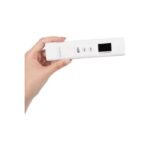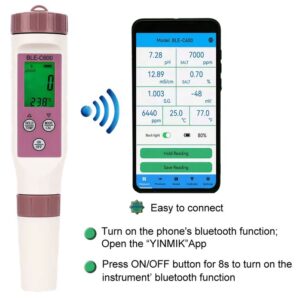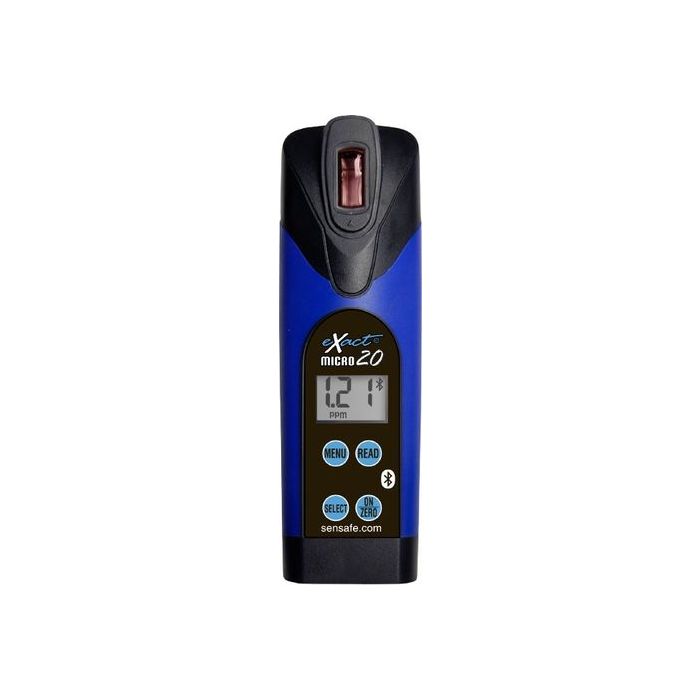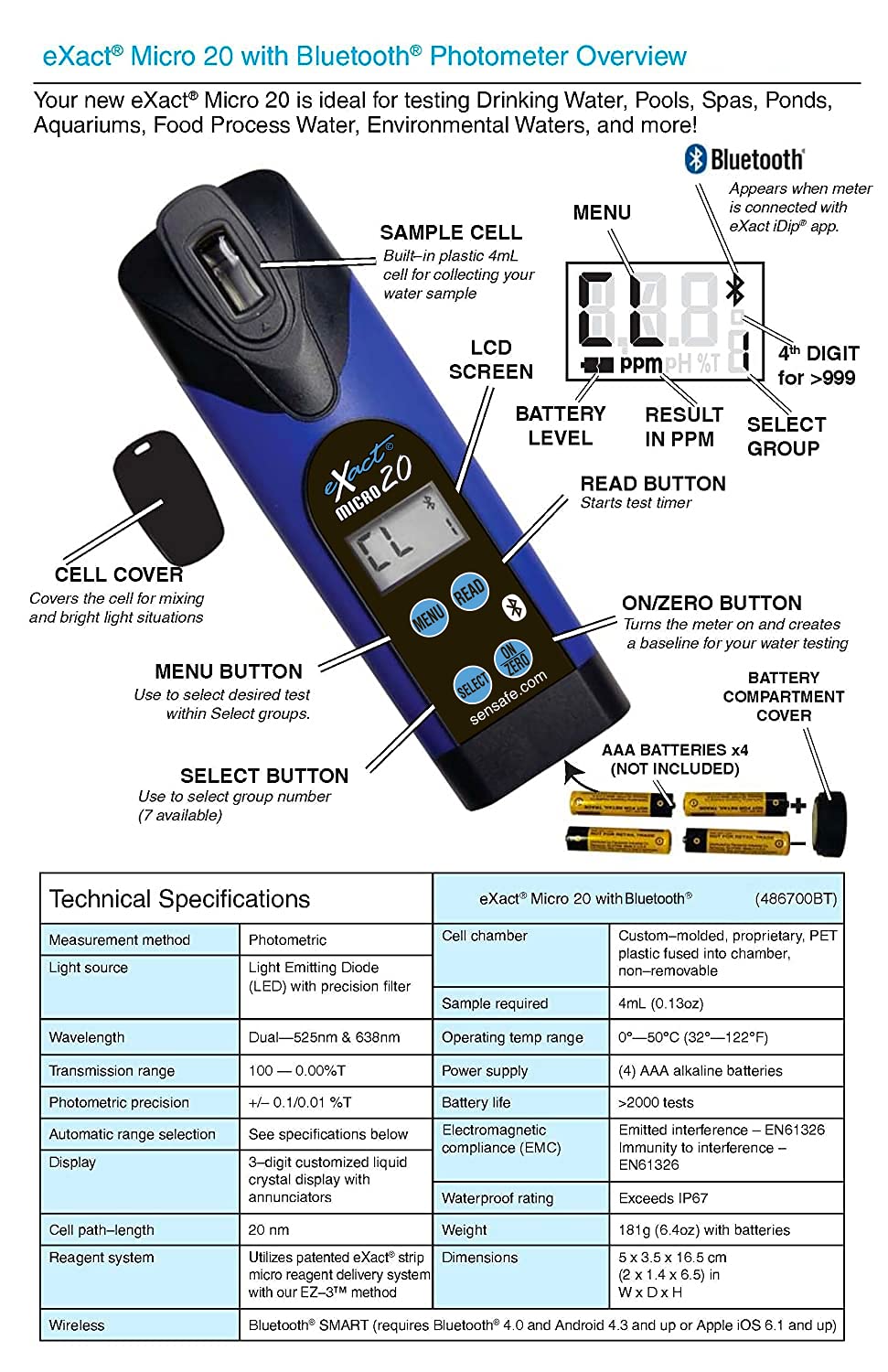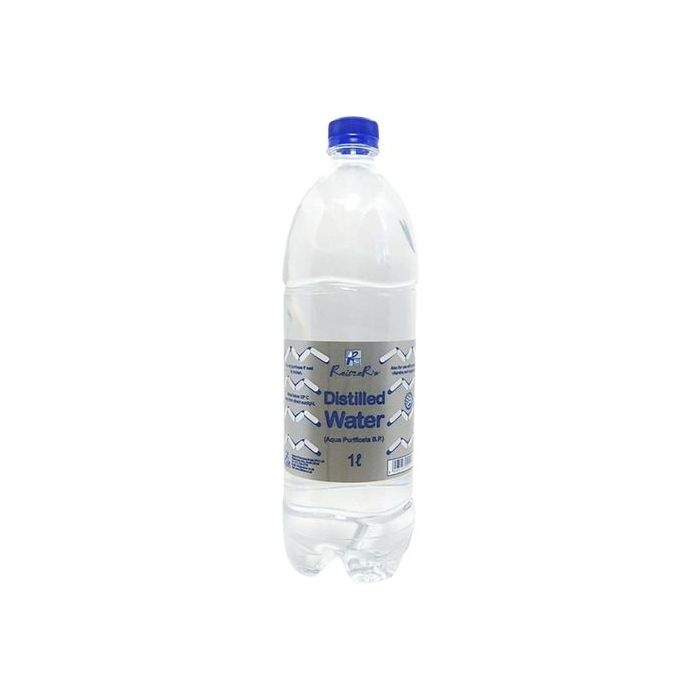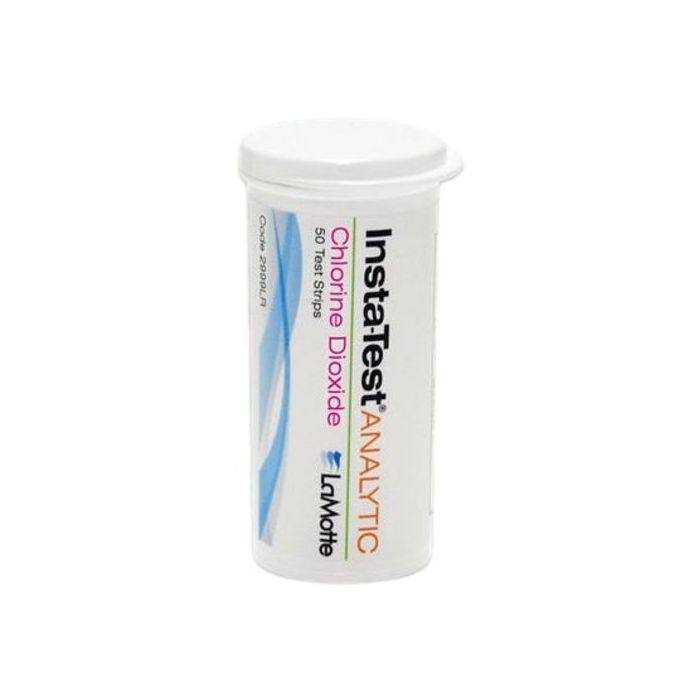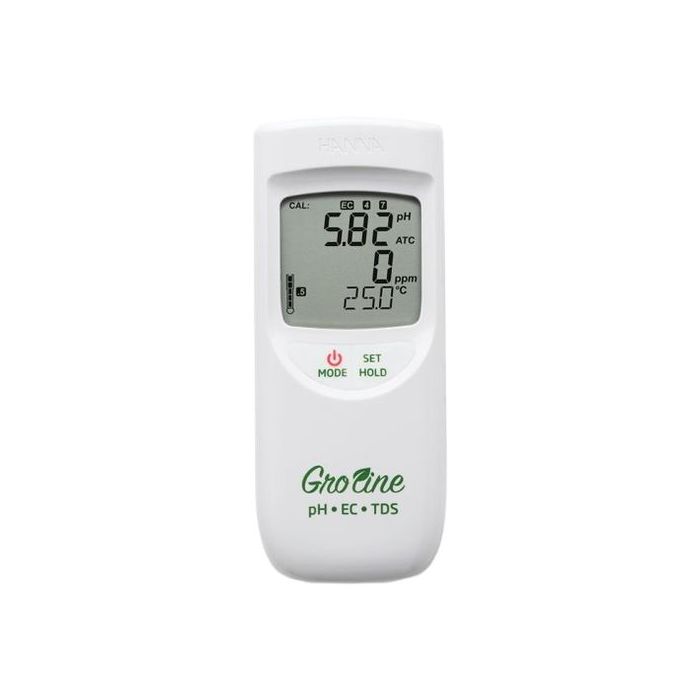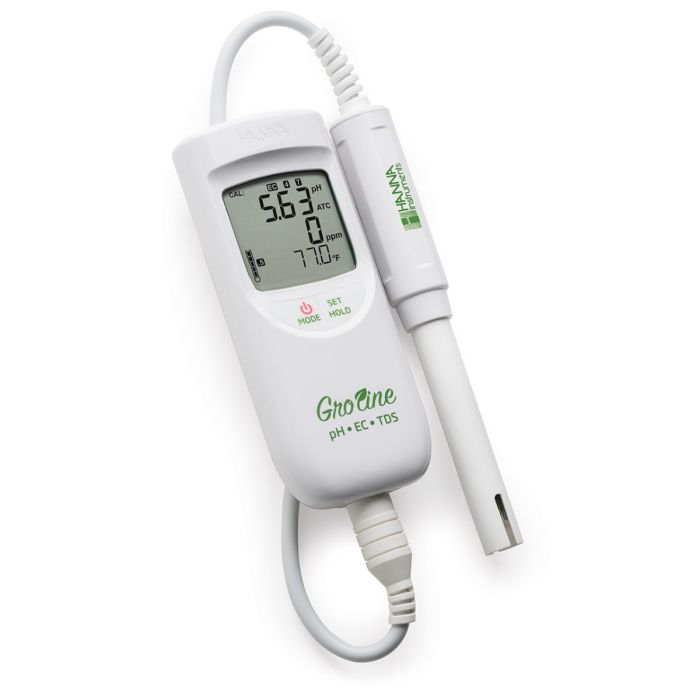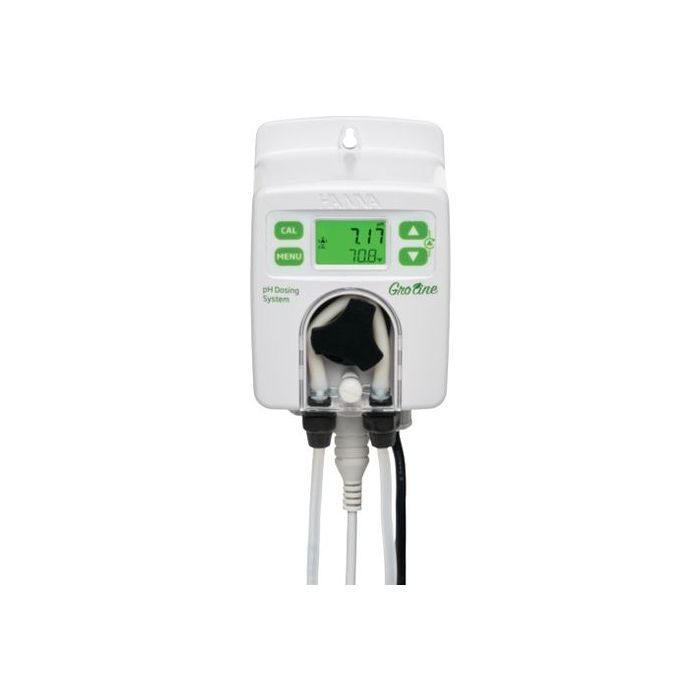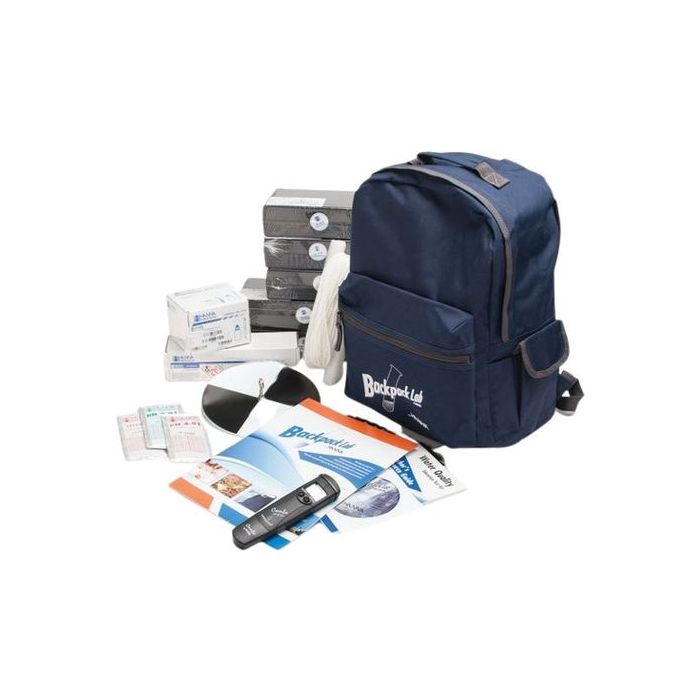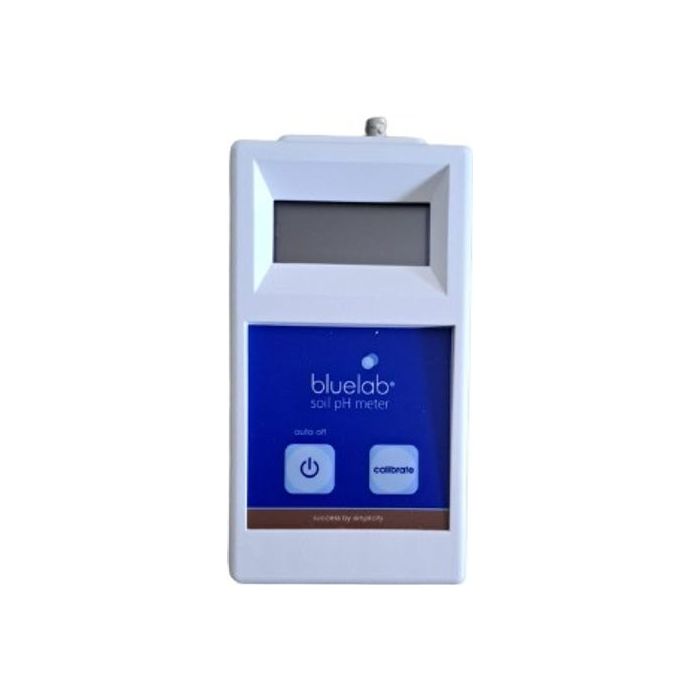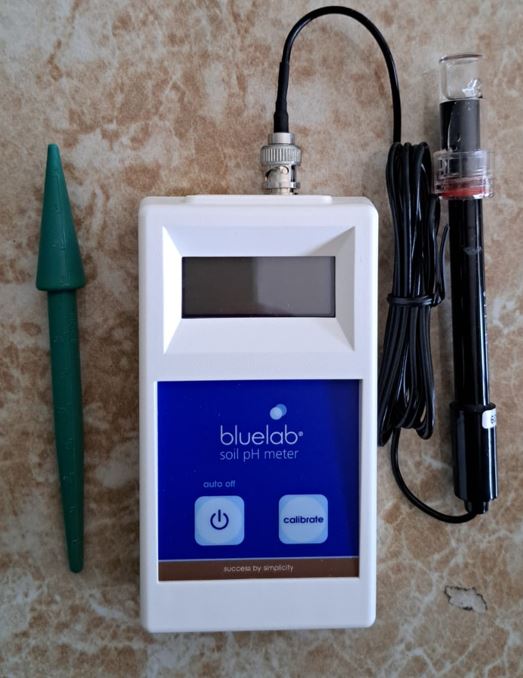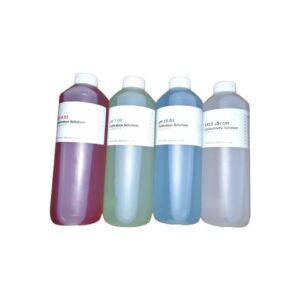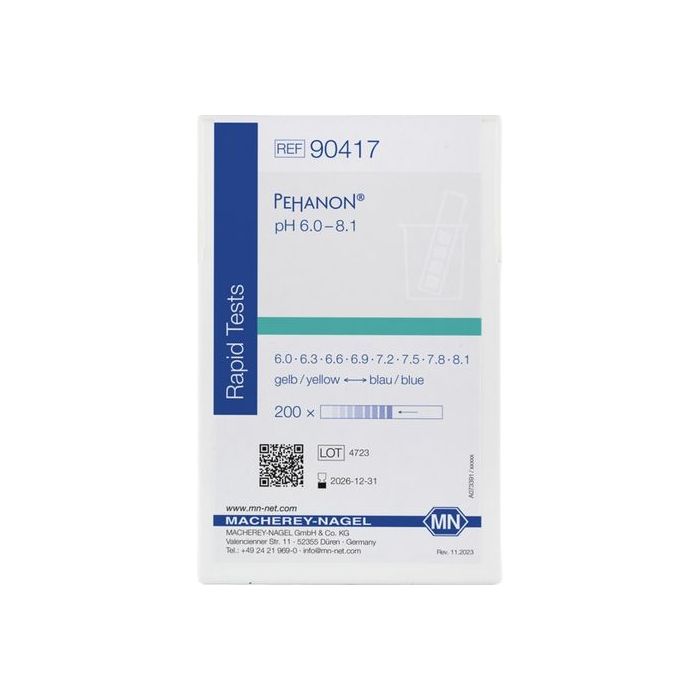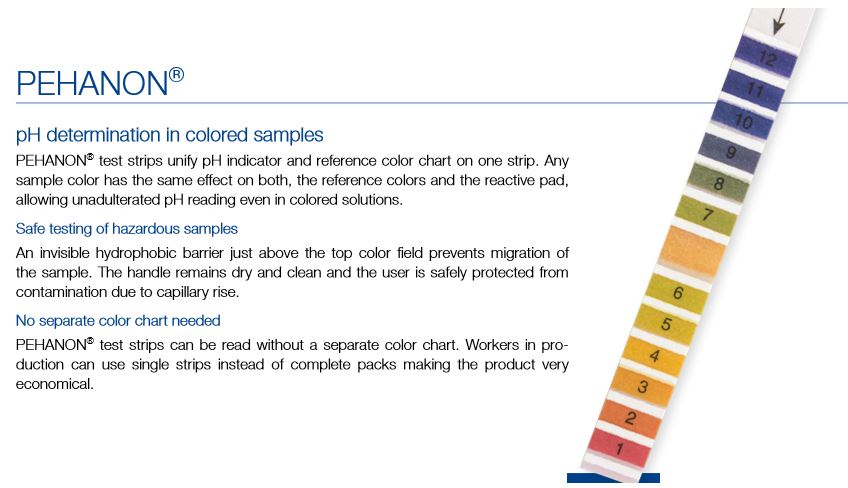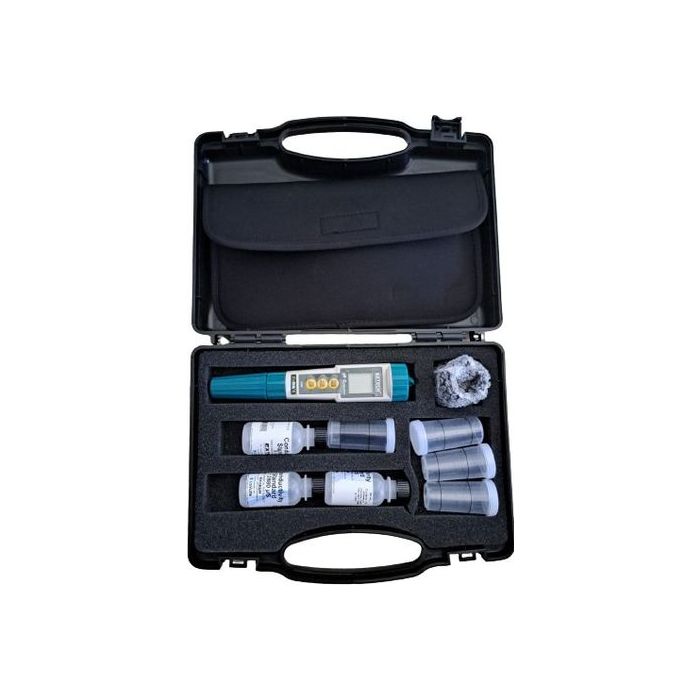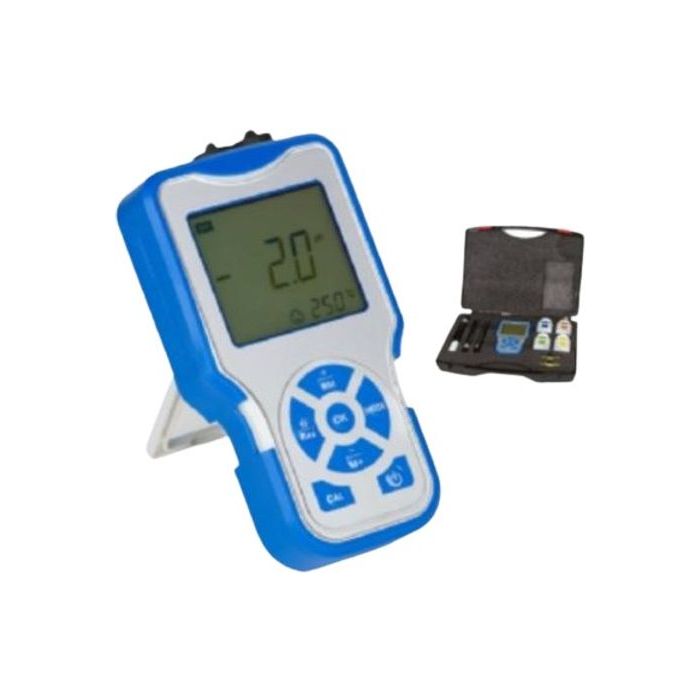Portable Drinking Water Quality Tester with COD
R1,662.00 Excl. VAT
ECOLS310 Portable meter for general and drinking water quality tester for COD, TOC, EC, Temperature, UV254, and TDS. Use this digital water quality tester with backlight to check the water that you drink. It needs to be calibrated against distilled water. Two AAA batteries NOT included. Distilled water NOT included: buy here.
- Description
- Additional information
- Water Quality Standards
- Specifications & calibration
Description
LS310 drinking water quality tester is an instrument dedicated to testing the quality of drinking water. The portable water quality tester COD, TOC and UV275 water quality parameters of drinking water are measured by ultraviolet absorbance method, and the TDS and conductivity of drinking water are obtained by measuring the conductance between electrodes. The digital water quality tester can measure 6 water quality indicators at the same time, and judge the water quality in an all-round way. At the same time, thehigh quality water tds tester has an intelligent scoring function, which can quickly judge the water quality level. The color of the LCD backlight indicates the four levels of excellent water quality, good water quality, average water quality and poor water quality. LS310 high precision water quality tester is mainly used to detect drinking water such as tap water, purified water and underground water.
Features:
1. Smart scoring, indicating 4 different levels. The water quality is scored according to the Chinese drinking water standard, which corresponds to 4 grades: Excellent quality, good quality, average quality and poor quality.
2. Six water quality parameters can be measured simultaneously without reagents. Simultaneously measure COD, TOC, UV275, TDS, EC, and temperature without any reagents to assess water quality in all aspects.
3. Indirectly reflect the residual chlorine content in water. UV275 indirectly indicates the residual chlorine content in water,
the higher the residual chlorine content, the higher the UV275 value.
4. The multifunction water quality tester is compact and easy to carry with pen design.
5. Sensitive probes for more accurate measurements.
6. The tds tester probe is waterproof and complies with waterproof rating IP67.
7. Easy to operate, one-button measurement.
8. Adopt TFT color screen design, blue, green, yellow and red display.
Water quality
COD (Chemical Oxygen Demand), TOC (Total Organic Carbon), and UV275 (Ultraviolet Absorbance at 275 nm) are important water quality parameters used to assess the safety and purity of drinking water.
COD measures the amount of oxygen required to chemically oxidize organic and inorganic compounds in water. It provides an indication of the level of pollutants present. TOC directly quantifies the amount of organic carbon in water, which can come from natural sources like decomposing plant matter or from contaminants. Both COD and TOC are used to assess the overall organic content in water, with TOC being more specific to organic compounds.
UV275 measures the absorbance of ultraviolet light at 275 nm wavelength by water. This parameter is particularly sensitive to aromatic organic compounds and can indicate the presence of certain organic pollutants or disinfection byproducts. UV275 is often used in conjunction with TOC to provide a more comprehensive assessment of water quality, especially in terms of organic matter content and potential formation of harmful byproducts during water treatment processes.
EC (Electrical Conductivity) and TDS (Total Dissolved Solids) are closely related water quality parameters that provide additional information about the ionic content of water. Here’s how they relate to COD, TOC, and UV275, as well as to each other:
- Relationship to COD, TOC, and UV275:
- EC and TDS primarily measure inorganic ions, while COD, TOC, and UV275 focus on organic content.
- There may be some correlation between these parameters, especially in water with high organic pollution, but they measure different aspects of water quality.
- High EC or TDS doesn’t necessarily mean high COD, TOC, or UV275, and vice versa.
- Relationship between EC and TDS:
- EC measures the water’s ability to conduct electricity, which is directly related to the concentration of dissolved ions.
- TDS represents the total amount of dissolved substances in water, both organic and inorganic.
- For practical purposes, EC and TDS are often considered proportional, with TDS typically estimated as a factor of EC.
- The common conversion formula is: TDS (mg/L) ≈ EC (μS/cm) × (0.5 to 0.7), depending on the specific ionic composition.
- Complementary information:
- While COD, TOC, and UV275 provide information about organic content, EC and TDS offer insights into the overall mineral content and salinity of the water.
- Together, these parameters give a more comprehensive picture of water quality, covering both organic and inorganic constituents.
In summary, EC and TDS are closely related parameters that complement the organic-focused measurements of COD, TOC, and UV275. While not directly correlated with organic parameters, EC and TDS provide valuable additional information about the overall dissolved content in a water sample.
What levels of these parameters are acceptable for drinking water?
Acceptable levels for drinking water parameters vary depending on regulatory bodies and specific guidelines. Here’s an overview of generally accepted levels for the parameters we’ve discussed:
- COD (Chemical Oxygen Demand):
- Not typically regulated in drinking water
- Ideally should be as low as possible, preferably < 10 mg/L
- TOC (Total Organic Carbon):
- US EPA recommends < 2 mg/L for treated water
- WHO suggests < 4 mg/L
- UV275 (Ultraviolet Absorbance at 275 nm):
- Not directly regulated, but often used as an indicator
- Generally, lower values are preferred
- < 0.1 cm^-1 is often considered good quality
- EC (Electrical Conductivity):
- WHO guideline: < 2500 μS/cm
- US EPA secondary standard: < 1600 μS/cm
- TDS (Total Dissolved Solids):
- WHO guideline: < 1000 mg/L
- US EPA secondary standard: < 500 mg/L
It’s important to note that:
- These are general guidelines and may vary by country or region.
- Local regulations should always be consulted for specific limits.
- The interaction between parameters is often more important than individual values.
- Water treatment processes aim to reduce these parameters to ensure safe drinking water.
For the most accurate and up-to-date information, it’s best to refer to local water quality standards or consult with water treatment professionals. Some regions may have stricter or more lenient guidelines based on local conditions and water sources.
Product video
Additional information
| Weight | 1 kg |
|---|---|
| Dimensions | 20 × 5 × 2 cm |
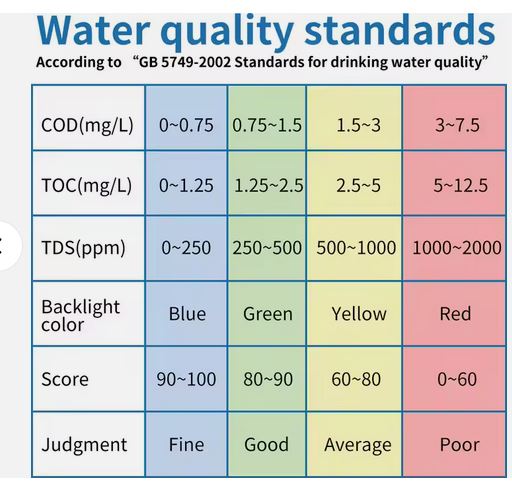
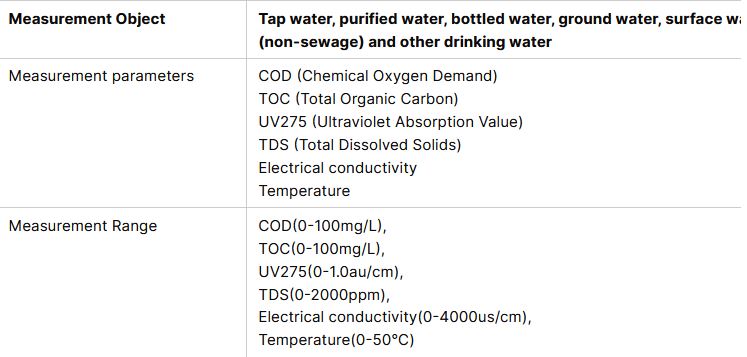
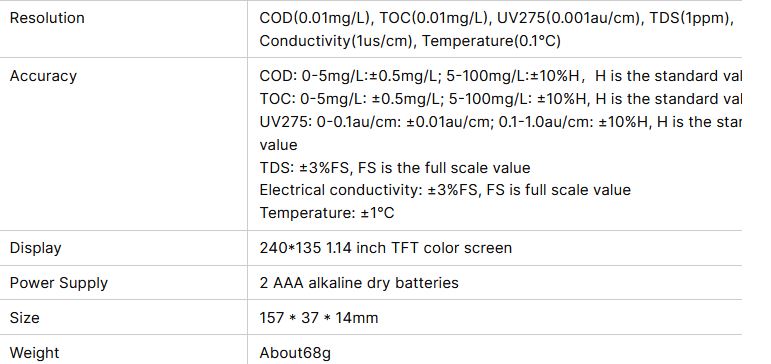


The meter needs to be calibrated against “purified water”. Is deionized or distilled water a better option for this calibration? Or, can either be used?
For calibrating a water quality meter, both deionized and distilled water can be considered forms of “purified water,” but there are some differences to consider:
- Deionized water:
- Produced by removing ions through ion exchange
- Very low conductivity and TDS
- May still contain some organic compounds or uncharged molecules
- Distilled water:
- Produced by boiling water and condensing the steam
- Very low in all impurities, including ions and most organic compounds
- Generally considered purer than deionized water
For calibration purposes:
- Either can be used in many cases, as both are considered “purified water”
- Distilled water is often preferred because:
- It’s generally purer overall
- It’s more consistent in its properties
- It’s less likely to contain trace organics that might affect UV275 readings
- Deionized water can be suitable for EC and TDS calibrations, but may not be ideal for UV275 or TOC calibrations due to potential organic content
- The choice may depend on the specific parameters you’re calibrating for and the meter manufacturer’s recommendations
- For the highest accuracy, especially for research or analytical purposes, use ASTM Type I or Type II water, which meets strict purity standards
Best practices:
- Check your meter’s manual for specific recommendations
- Use fresh purified water for each calibration
- Store purified water properly to prevent contamination
- For critical applications, consider using certified reference materials
In summary, while both can be used, distilled water is generally the better option for broad-spectrum calibration. However, always refer to your specific meter’s instructions and intended use to make the best choice.
